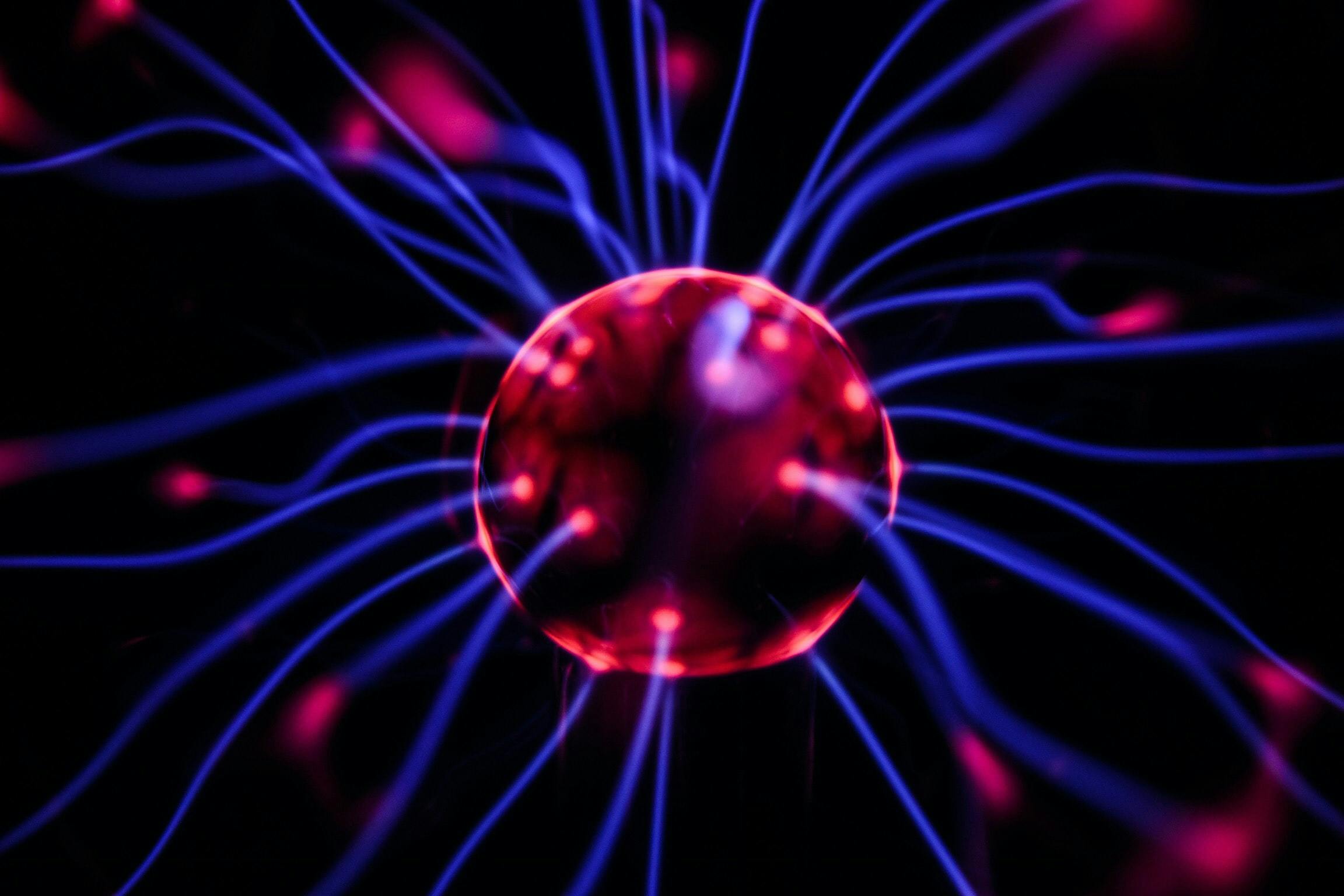How Your Memory Works & How to Improve It
We all struggle with our memory continuously over our lifetime. Some periods more than others. I think we all can think back to an exam, presentation, or even a work meeting where we needed to remember something significant, but failed to do so. Or just the general feeling that things we learn, like the books we read, or the insights from the podcasts we listen to somehow get “lost”.
I’ve personally never seen myself as a person with “good memory” as I can relate to all those above-mentioned examples.
But let me tell you an insight I’ve learned in my journey of learning and growth: that memory is actually a skill and muscle, and with proper training, tools and guidelines can propel anyone into “rain-man” levels of memory (Ok maybe not Rain Man, but you catch the drift).
So how do you become better at remembering? To answer that question, we first need to deep-dive into the science behind memory. To improve something, you first need to understand what you are improving.
This blog post will teach you about:
- What memory is
- The 3 stages of memory processing: encoding, storage & retrieval
- Key takeaways from this post

The Definition of Memory
“Memory is the faculty of the brain by which data or information is encoded, stored, and retrieved when needed. It is the retention of information over time for the purpose of influencing future actions.”

Lauralee Sherwood - Human Physiology: From Cells to Systems

A visual representation of a neuron.
From a neurological perspective, memory is information that is encoded into our brains through creating neural pathways. You have over 100 billion neurons in your brain, and each memory is a unique combination of neurons that have been activated.
In other words: Memory is data, stored as neural connections.
To improve your memory, you need to deploy tactics that enhance your neural connections. There are in its simplest terms two ways to achieve this:
1. Increase (Quantity) - Activating a broader array of neurons. For you to do this, you need to acquire more information about the thing you wish to remember. Things you usually forget are things you haven’t fully understood or have little information about.
2. (Quality) - Deepening the neural connections between the neurons. This means re-activating the same neurons. Rehears, repeat, and go through the information you wish to remember.
There’s actually a 3rd way, which involves activating neurons in specific parts of your brain i.e. the ones governing the visual area of your brain. There are various techniques to enable this such as "the memory palace". We will give an initial explanation of this further down in the blogpost in the section “storage”.
The 3 Stages of Memory Processing

Memory Processing system: Encoding, Storage and Retrieval.
So from the perspective of memory research how do you go about creating and strengthening these neural connections? This process is defined as “memory processing”. The three basic components of memory processing are:
Encoding - How the information gets encoded into our brains through our sensory systems.
Storage - The nature of how the information is stored (Short/ long term).
Recall/Retrieval - How to get the information out of the storage.
Memory Encoding
The memory system of the brain doesn’t speak the same “language” as our sensory system, which consists of our 5 senses. Hence, the brain needs to translate or encode the information into storable types of data.
There are three main ways information becomes encoded into memory:
- Visual (Picture)
- Acoustic (Sound)
- Semantic (Association, connection, meaning & understanding)
Storage
When information has been encoded into the three main types: Visual, Acoustic, or Semantic. It can be stored into two types of storages:
- Short-term Memory (STM)
- Long-term Memory (LTM)
According to research Acoustic data is the principal format stored in the STM. While visual and semantic are stored in the LTM.
If you wish to remember something long-term, you need to make it visual & connect the memory to images. You also need to ensure that you understand the semantic i.e. how it's connected to things you already know.
For example, if you wish to remember what fruits are grown in Brazil: Seeing images of fruits hanging from their trees, and connecting them to a geographical area would help to store this encoded memory into the LTM.
Storage Types
There are 3 main aspects that measure the capabilities and differences of the type of storage (STM & LTM):
- Duration: How long encoded information can be held.
- Capacity: How much information can be held.
- Encoding: What type of encoded information can be held.
The Short Term Memory
Short term memory has by definition Limited Capacity, meaning it can only store little amounts of information. Some studies have set the number to 7 memory “items”. STM has also a very fragile duration, in the sense that the information stored in the STM storage is sensitive to distractions and passage of time. Moreover, the type of information that’s encoded to the STM is primarily acoustic.
If you do need to remember something for a short period of time: focus and say it out loud several times.
The Long Term Memory
The LT memory system is a lot more extensive than the STM. That's why we've dedicated an entire post to it.
The LTM has the greatest capabilities in regards to duration and capacity of storage within the memory system. One model to describe the types of LTM has been defined by Endel Tulving. Which divides LTM into 2 groups, each with its subtypes.

Endel Tulving's model of Long Term Memory
Explicit memory involves memory that consists of previously learned information (Complex facts & events). That requires conscious effort to receive and will fade in the absence of a recall.
Explicit memory requires conscious thought and effort to recall. EM Is what most people think of when they think of the word "memory".
What you are reading now will potentially be stored as explicit memory. And as mentioned before, semantic encoded data is what is stored in the LTM. So if you aim to remember things for a longer duration, you need to be able to understand and put the complex information into context.
From a neurological perspective, when you get new information you activate a new combination of neurons and neural pathways. Putting things into a semantic context means that you are connecting the new combination of neurons with older ones. Increasing the quantity and quality at the same time.
If you want to remember something, make sure to understand it and connect it to existing memories, or create more that is connected to it.
Implicit memory is unconscious and effortless. It is by nature more robust, and may still be in our LTM storage for a lifetime even in the absence of practice and recall.
Implicit memory is what most people think of when thinking of "muscle memory". Or the saying "it's like riding a bike".
So in the realm of “remembering” things, implicit memory is not within that scope. It is important to know that implicit memory is what governs our perception, feelings and prejudice. And the opportunities that can be gained from being aware of that, we will discuss in a future blog post as well.
Retrieval

The third stage of the memory processing system is called Memory Retrieval. It's the various processes in which we retrieve the information from storage (both STM and LTM). There are 4 main types:
- Recall
- Recognition
- Recollection
- Relearning
Recall
Recall is the process of actively retrieving encoded memory from your storage (Both short and long-term). From a neurological perspective, this is to revisit the neural pathways (on purpose) that have been created during the encoding process.
The better encoding and storage, the better recall. The more neural pathways created when creating the memory, both in its encoding and its recall (revisiting these neural pathways), the easier it is to remember(recall).
Here we list the three main types of recall from hardest to easiest:
Free Recall - The ability to recall memory in any order within a subject.
Example: Please all the countries you can think of.
Cued Recall - Recalling memory with the help of very specific queues and/or association that assists with the recall.
Examples: Please state all the countries that start with the letter S.
Serial Recall - Recalling memory and information in accordance with their chronological occurrence.
Example: Please state the headings of this blog post in the order you read them.
Recognition
In comparison to Recall, recognition is identifying information/memory with the help of an external trigger. Usually, the trigger is a stimulus in the sensory system (picture, sound, smell, etc) that makes you experience the memory again.
An example is when you see a picture of a place you have been to, and how all memories and knowledge comes back to you of that specific area.
Recollection
The act of rebuilding and reconstructing memory. Utilizing cues and/or any logical structure to piece together the knowledge and/or information of that memory.
Relearning
Refers to the retrieval of past learnings, but has not been remembered. Relearning is the retrieval practice that strengthens neural connections.
Retrieving is one of the key activities to strengthen neural connections in your brain. Meaning, the more times you practice retrieving (in all its forms) something from memory, the more likely you are to remember. Utilizing Flash Cards is one of the best retrieval practices.
Key-Takeaways
- You can only remember what your senses have encoded. So the first step to improving your memory is to pay better attention and give focus on what you are trying to remember.
- The Long Term Memory stores mainly visual and semantic memory. So to remember things long term you need to: Connect to visuals such as images. Fully understand it, i.e. put it in context, know how it works, connect it to things you already know.
- It’s easier to remember things that have deeper neural connections. Meaning practicing to remember(retrieval) helps store the memory and also makes it easier to access in the future.
Now you know the basics of how our memory works, combined with bite-sized tips on how to remember better!
Stay tuned as we will continuously share insights and tips on how to improve your memory and learning. As you now know, those two go hand in hand.

